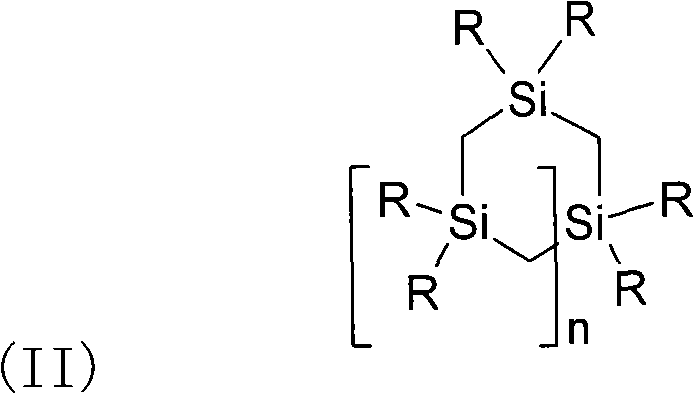Fluoropolymer curing co-agent compositions
A technology for curing reactive, fluorocarbon polymers, applied in the field of fluoropolymer curing coagent compositions, capable of solving problems such as incompatibility and processing difficulties
- Summary
- Abstract
- Description
- Claims
- Application Information
AI Technical Summary
Problems solved by technology
Method used
Image
Examples
example
[0042] Unless otherwise specified, all parts, percentages, ratios, etc. in the examples and other parts of the specification are by weight, and all reagents used in the examples are or can be obtained from general chemical suppliers, such as Sigma-Aldrich Company , Saint Louis, Missouri, or can be synthesized by conventional methods.
[0043] These abbreviations are used in the following examples: wt = weight, min = minutes, mol = moles; phr = parts per hundred parts of rubber, hr = hours, °C = degrees Celsius, psi = pounds per square inch, MPa = million pascals , And Nm = Newton-meter.
[0044] The following abbreviations and abbreviated names are used:
[0045] Abbreviation
[0046] Abbreviation
example 1-11 and comparative example 1-7
[0048] The selected fluoropolymer was mixed with the additives indicated in Table 1 on a two-roll mill. The mixed mixture was pressure-cured under various temperature and time conditions as indicated in Table 3. The molded test sheets and O-rings were then post-cured in air under various temperature and time conditions as indicated in Table 3.
PUM
 Login to View More
Login to View More Abstract
Description
Claims
Application Information
 Login to View More
Login to View More - R&D
- Intellectual Property
- Life Sciences
- Materials
- Tech Scout
- Unparalleled Data Quality
- Higher Quality Content
- 60% Fewer Hallucinations
Browse by: Latest US Patents, China's latest patents, Technical Efficacy Thesaurus, Application Domain, Technology Topic, Popular Technical Reports.
© 2025 PatSnap. All rights reserved.Legal|Privacy policy|Modern Slavery Act Transparency Statement|Sitemap|About US| Contact US: help@patsnap.com


